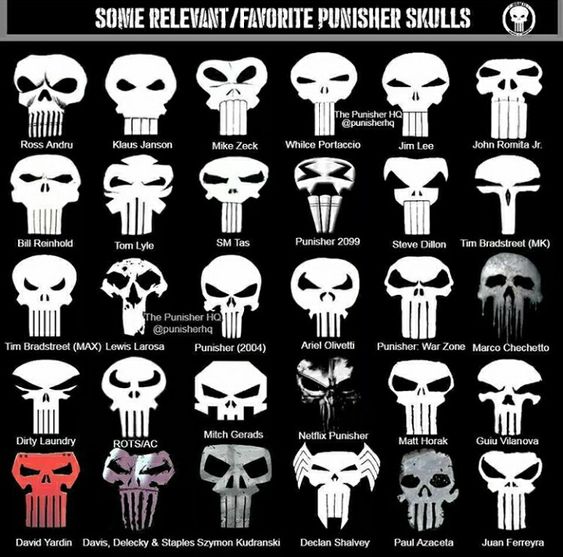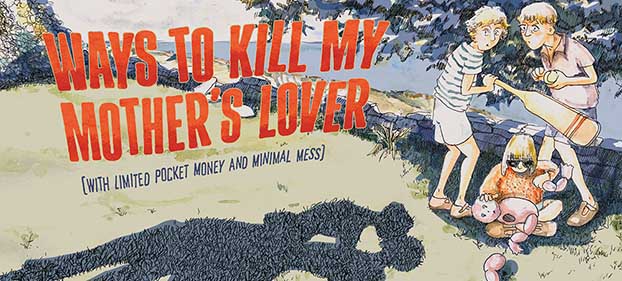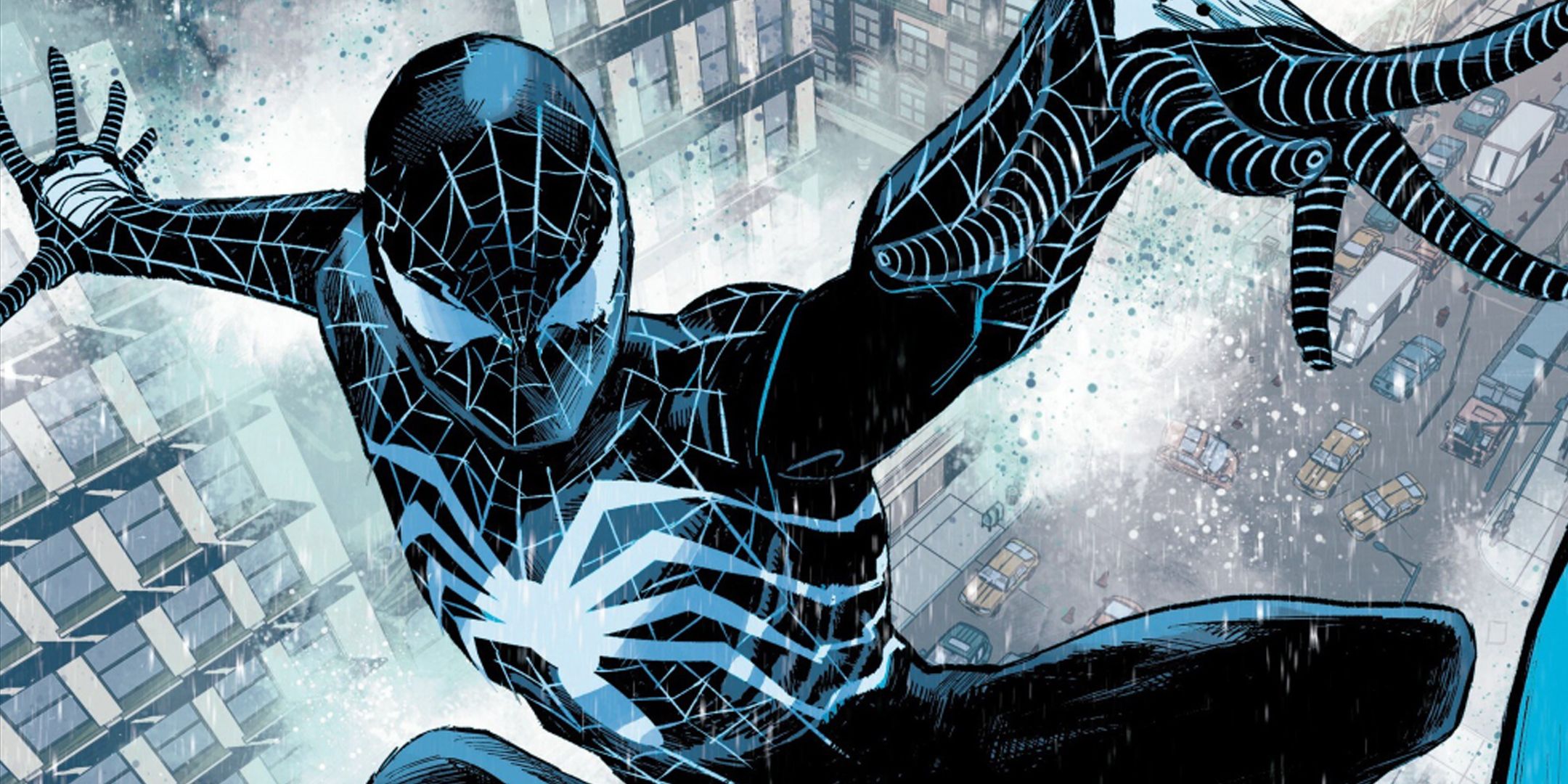Tammi Morton-Kelly | April 23, 2025
 MoCCA's program cover by Linnea Sterte
MoCCA's program cover by Linnea Sterte"Cartooning is isolating," said graphic novelist Mattie Lubchansky, emphasizing the importance of connection through shared interests, "whether it's going to a comics reading or attending an event that brings people together with a strong sense of community."
The MoCCA Arts Festival 2025 certainly did all of the above. Organized by the Society of Illustrators, MoCCA 2025 attracted over 8,000 attendees and featured more than 400 exhibiting artists, showcasing the diverse and dynamic world of comics and cartooning. And its gravitational pull drew people of all ages and stages to the Metropolitan Pavilion in New York City on March 15 and 16.
 Mattie Lubchancy, graphic novelist (Boy's Weekend)
Mattie Lubchancy, graphic novelist (Boy's Weekend)Programming and Panels
Organized by MoCCA's programming director Bill Kartalopoulos, the festival's talks were held at the School of Visual Arts (SVA) Flatiron Gallery, and included a variety of panels and discussions reflecting the current state of the art form, the industry, and global issues. Notable sessions featured such headliners as Charles Burns, Anders Nilsen, and Adrian Tomine, alongside emerging international cartoonists like Boum, María Medem, Chloé Wary, and Linnea Sterte (who also created the festival's main visual).
Headliner Jaime Hernandez, who was on two panels, spoke about gravity and isolation.
"Gravity is my best friend in art," Hernandez said as he gestured toward one of the very first drawings he did of Love and Rockets' central characters, Maggie and Hopey, during the "Jaime Hernandez in the Spotlight" panel, facilitated by Marc Sobel. He later added, "I only draw what I know," to explain, in part, how he breathes realistic life into his characters.

Hernandez is an observer, and the many fans of his work have watched his characters evolve and change, grow up, and grow older. Characters who, as he described, are "invisible in society but this whole world revolves around them." There is a gravitational pull, sometimes a pull of opposites, that Hernandez embraces in his art.
This waxing and waning of opposites — the recognized notion that cartooning is mostly a solitary craft that somehow manages to pull people into a community — was a repeated underlying theme throughout MOCCA 2025.
Hernandez explained that when he draws, he uses nothing digital, "just me and the piece of paper and the rest of the world disappears." In turn, the worlds he — and artists like him — creates brings a world of people together.
 Marc Sobel brings out the best in Hernandez, who posed the question: "We are at this age now. What does the world want from us?"
Marc Sobel brings out the best in Hernandez, who posed the question: "We are at this age now. What does the world want from us?"Moving from Isolation to Community
 MoCCA's event space before attendees arrived
MoCCA's event space before attendees arrived Just a segment of the long line of attendees waiting to enter
Just a segment of the long line of attendees waiting to enterWith a diverse group of people coming together, visitors had the opportunity to interact, learn, and marvel at the art that drew everyone into the space. Attendees ranged in age so vastly, it was staggering: a man in his 80s who used a wheelchair, a high school student drawing portraits for a nominal donation, middle-aged fans hoping to connect to artists they have admired for decades, and eager attendees of multiple generations curious to experience the world of comic art.

 Student artists from the High School of Art and Design preparing their table
Student artists from the High School of Art and Design preparing their table Mark Newgarden (with Nancy canvas bag) chatting. Gary Hallgren (Air Pirates and Hagar the Horrible) in the background in a black T-shirt with red Hell Comics logo
Mark Newgarden (with Nancy canvas bag) chatting. Gary Hallgren (Air Pirates and Hagar the Horrible) in the background in a black T-shirt with red Hell Comics logoIt was enthralling to watch over the course of two days as a venue transformed from a vast space into a dynamic arena filled with people of remarkably different backgrounds and experiences weaving in and out, and then emptying. Many attendees expressed that they came to MoCCA to learn from the artists, whether by attending a panel or getting up the nerve to ask questions in person.
Cartooning Tools and Processes
Among the most interesting aspects of the attendees' interests is the creative process. What tools do you use? – or some close version of it – is one of the most commonly asked questions of cartoonists in panels and interviews. The question rings of How did you do that? and in turn, How can I do that?

Graphic novelist Adrian Tomine tackles this question before the reader even cracks open the pages in his book Q&A. Its cover visually says, almost aloud, "Before you ask, here's what I used."
 Young artist sketching on a drawing tablet at the Xencelabs table
Young artist sketching on a drawing tablet at the Xencelabs tableThe fascination with process spread out beyond the classic tools of the trade as attendees explored multiple means of creating, including digital methods. Interacting with people in the crowd led to many conversations about the creative process, fandom, and community.
MoCCA 2025 Voices in the Crowd
Ry Hasenaur, a SVA student and Junior Editor for Ink Magazine, led me to the SVA RisoLAB display. RisoLAB is a unique Risograph printing facility. "This makes me want to roll up my sleeves and make something with my hands," he said. "I love seeing how art used to be made; the labor involved. I think about how time-consuming techniques like lithograph and screen printing are, but it's rewarding to see the finished print in front of you instead of on a screen."
 RisoLAB flyer and prints
RisoLAB flyer and printsAttendees readily shared their excitement about the festival, whether debriefing after a panel or reacting to exhibits. Two women who attended Jaime Hernandez's solo panel expressed a deep connection to Love and Rockets.
"We grew up with Maggie and Hopey, and now we're growing old with them," the first observed. Her companion added, "Yes. You can tell that he genuinely likes women, and as middle-aged women, we disappear. I mean, we are not represented in art. Love and Rockets represents us, and it's exciting to see yourself in the work." They added that they were especially moved by the cover art for Love and Rockets, Volume IV #16 that features a drawing by his mother, Aurora Hernandez.
 Jaime Hernandez talking about his mother's super hero portrait
Jaime Hernandez talking about his mother's super hero portraitAnother attendee said that she came to the event specifically to see Boum, the author of The Jellyfish, a graphic novel about her experience losing sight in her right eye. "I came a long way, and it was hard. I have a lot of mobility issues," she said gesturing to her walker. "It's important because I'm slowly going blind. I came here because of The Jellyfish."
 Graphic novelist Boum
Graphic novelist BoumEach person attending reached MoCCA from their own world, stepping into a world of comics — a world that has countless other worlds.
 Thielman moderating "Between Two Worlds" panel
Thielman moderating "Between Two Worlds" panelThemes of isolation and common bonds were peppered throughout MoCCA's programming. In the panel "Between Two Worlds," moderated by New York Times comics reporter Sam Thielman, Anders Nilsen and Michael DeForge examined fictional world-building as a lens on contemporary life.
DeForge describes the main character, Jackie, in his new book Holy Lacrimony as "the saddest person abducted by aliens" for the purpose of studying sadness as an emotion. The graphic novel cultivates a deep sense of isolation and loneliness that persists even after Jackie joins a support group that held the promise of deep connection.
Nilsen's Prometheus-like character in Tongues is chained to a mountainside, visited each day by an eagle whose sole purpose is to eat his liver. "Just imagine," Nilsen said, "The closest relationships this character has are between himself, the eagle who tortures him, and the absent god who imprisoned him."
The fictional worlds depict the human condition at its most desperate: alone.
***
In the panel session "Uncanny Apparitions," Boum and Julia Gfrörer explore how eerie apparitions in their comics, such as dark jellyfish in The Jellyfish and wraiths in World Within the World, symbolize unseen emotional and physical struggles, in a discussion led by TCJ editor Sally Madden, co-host of the Thick Lines Podcast.
This panel was particularly fascinating because it embodied some of those very struggles with the help of technological difficulties. The PowerPoint failed to offer itself on the screen — a presenter's nightmare.
Madden took the technological glitch in stride, and the audience, along with the panelists, adjusted. I found it fitting that a panel that included Boum — an artist who wrote a graphic novel about losing one's eyesight — would not be able to see the images Madden had prepared for the session. This led to a rich discussion about our fears. More importantly, it led to audience participation and support. At one point, an attendee held up a copy of World Within the World as a visual aid.
 Making accommodations by simply holding up a book
Making accommodations by simply holding up a bookThere was a strong sense of using the medium to overcome adversity — isolation, fear, grief, and loss of vision. Madden asked, "What if we take away the visual component. What's left?"
"What's the worst thing that could happen? I ask myself, then that's what I write," Gfrörer explained. Madden responded, "Bill Griffith once said, 'When you show that which is forbidden, you rob it of its power'." There was a collective nod of appreciation. Gfrörer added, "Sometimes terrible things happen to people, and there is no solution. They just cope with it."
Sometimes, people help each other cope.
***
 CalmerCon NYC's Calmer Space sign
CalmerCon NYC's Calmer Space signMoCCA 2025 also celebrated the richness of comics and cartoon art, fostering connections between artists and enthusiasts, and highlighting the medium's limitless aesthetic and social power. It accomplished this by creating a sense of inclusivity and belonging, even among people who may have difficulty navigating large, crowded spaces; people who often opt to stay at home instead of enduring sensory overload.
In collaboration with CalmerCon NYC, the festival introduced a Calmer Space to support the neurodiverse community, people with post-traumatic stress (PTSD), and those with special needs. This thoughtfully designed area provided an environment tailored to reduce sensory overload, offering tools to encourage relaxation and self-regulation, enhancing the overall experience for all attendees.
The Calmer Space was a relatively quiet oasis nestled in a sizable room near accessible bathrooms. People using the space were greeted by an attendant who seemed to be fluent in ASMR, and whose hypnotic tone was in and of itself enough to ease tension. Taking a little time to sit and recharge in an area that honored privacy was a good way to regulate and recharge.
Some of the concepts applied to Calmer Space spilled out into the entire event — namely, ease of navigation. The vendor area was in the Metropolitan Pavilion, but panels were held at SVA. Finding the rooms where panels were held was remarkably easy, and there were plenty event staff available to help with directions.
Calmer Space communicated to attendees: "We thought about your needs. We want you here. You belong."
***
 Neon sign inviting, "Come Draw with Us"
Neon sign inviting, "Come Draw with Us"MoCCA 2025 managed to attract one of the most eclectic crowds imaginable–people from indescribably diverse backgrounds, each with unique experiences and perspectives that pulsed and rippled in countless interactions over the course of two days. MoCCA accomplished this though the comic art— a language of worlds with an unequivocal gravitational pull.



















 English (US) ·
English (US) ·